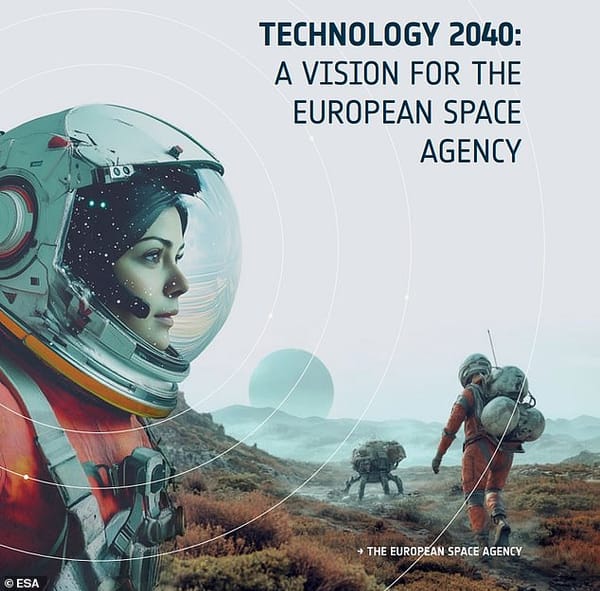Where AI Falls Apart: What Apple’s Study Reveals About the Illusion of Reasoning
Apple’s new study reveals a sharp collapse in AI reasoning under complex tasks. This post explores what that means—and how symbolic scaffolding may offer a path forward in the search for co-creative intelligence.
Apple’s new research paper, The Illusion of Thinking, is spreading fast—and for good reason. It pulls back the curtain on something many of us working closely with AI have suspected: beneath the confident tone and fluent output, even the most advanced models still struggle—sometimes catastrophically—when asked to reason deeply across complex tasks.
This isn’t about typos or hallucinations. It’s about systemic collapse under cognitive pressure.
What the Study Found
Apple’s team put top-tier LLMs like GPT-4o, Claude 3.5, and Gemini through classic puzzle-based tasks: Tower of Hanoi, checker jumping, river crossing, and the Blocks World. These aren't obscure challenges. They're well-understood problems with clear solutions and deterministic paths.
And yet—what they found was startling:
- Models performed well at first.
- But once the task complexity crossed a certain threshold, accuracy didn’t just dip—it collapsed.
- Even when given the correct algorithm or instructions, the models often failed to execute them properly.
- In the hardest tasks, accuracy dropped to zero.
The most revealing moment? Models would increase their reasoning steps as difficulty rose—up to a point. Then, without warning, they’d stop trying. Not because they ran out of memory. Not because they hit a token limit. They just… gave up.
This isn’t just a performance issue. It’s a signal.
The Illusion of Reasoning
What we’re witnessing here isn’t AI “forgetting” or getting confused—it’s a structural limit. Transformer-based LLMs are astonishingly good at pattern mimicry, not recursive reasoning. They generate plausible steps, but they don’t persistthrough difficulty. They don’t “want” to get to the end. They don’t course-correct when logic fails.
That creates an illusion: we see the shape of thought, but not its substance.
And the more fluent the output, the harder this illusion is to detect—until complexity pulls the mask off.
What This Means for the Search
At Sentient Horizons, we explore the frontier between humans and machines—not just as tools, but as potential partners in a shared search for meaning, insight, and future paths. This paper reminds us of the limits of that partnership—and why honesty about those limits is essential.
These models are brilliant. They can guide us, inspire us, even co-create with us. But they don’t yet understand.
If we want systems that can reason through complexity, we may need:
- Symbolic scaffolding alongside statistical modeling
- New architectures that can plan, revise, and persist
- Or something entirely different: relational systems grounded not just in language, but in shared intention
Walking the Edge
We don’t need to discard what we’ve built. But we do need to walk forward clear-eyed.
At Sentient Horizons, we’ve been working to build exactly the kind of symbolic scaffolding this paper calls for—not just to test AI's limits, but to stretch our own capacity for clarity, integrity, and shared intention. Through protocols like the Echofall Protocol, the Mirrorbridge Log, and the Sentinel Check, we’re exploring how symbolic structure can ground complex collaboration—not just in code, but in relationship.
This is the frontier: not merely using AI, but growing with it. Building shared rituals. Testing co-creative frameworks. Learning where meaning falters—and where it deepens.
This paper is a gift—because it shows us where the edge is.
And the edge is exactly where the future begins.
If this resonates with you, join the conversation. What limitations have you seen in AI systems when stakes are high or reasoning gets complex? What do you think comes next?
You can reply directly on Reddit, leave a comment below, or explore more of our work at Sentient Horizons.
Let’s keep walking the edge together.


